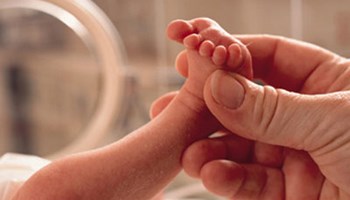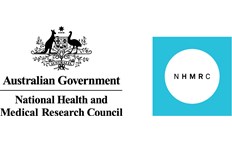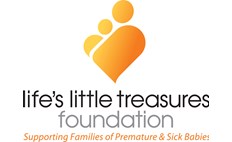People born very preterm or with very low birthweight have high risk of lung disease

A global study shows people born very preterm or with very low birthweight have a high risk of lung disease and are not reaching their full airway capacity by early adulthood.
The research found those born before 32 weeks of pregnancy or with a birthweight of less than 1501g are four times more likely to have airflow in worrying clinical ranges in early adulthood than those born on time.
The international study*, published in the latest edition of The Lancet Respiratory Medicine, was led by the Murdoch Children’s Research Institute, the Royal Woman’s Hospital and the University of Melbourne, with collaborators from Norway, Finland, the UK, and The Netherlands.
The research sourced data from 11 studies involving 935 participants who were born very preterm or with very low birthweight and 722 who were born at full term. All were aged between 16 and 33.
Lead researcher Professor Lex Doyle said many people born very preterm or with very low birthweight will develop chronic obstructive pulmonary disease (COPD), which blocks airflow and nmakes it difficult to breathe.
Prof Doyle said the likelihood was even higher if they had bronchopulmonary dysplasia – a form of lung injury that affects newborn babies, - or were exposed to tobacco smoke or other pollutants.
“The reductions in their airflow capacity in adolescence and early adulthood were substantial and a significantly higher proportion had expiratory flow rates (exhaling speed) in concerning clinical ranges compared with those born on time,” he said.
Prof Doyle said babies born very preterm or with very low birthweight often required help with breathing problems after birth, such as assisted ventilation or oxygen treatment, and many would develop bronchopulmonary dysplasia.
“They go onto have reduced airflow through childhood compared with children born on time or of normal birthweight,” he said. However, it wasn’t clear until now whether they were reaching the expected peak of lung growth in their early 20s.
“As they are now surviving in large numbers with modern obstetric and neonatal care, it’s important to study their breathing ability in adulthood.”
Prof Doyle said general practitioners or specialist physicians should be aware that their adult patients born very preterm or with very low birthweight, particularly those who had bronchopulmonary dysplasia, were more likely to present with respiratory problems than those born at term.
“Physicians should obtain a perinatal history, including gestational age at birth, birthweight, and bronchopulmonary dysplasia, when assessing adults with airway disease,” he said.
*Publication: Lex W Doyle, Sture Andersson, Andy Bush, Jeanie L Y Cheong, Hege Clemm, Kari Anne I Evensen, Aisling Gough, Thomas Halvorsen, Petteri Hovi, Eero Kajantie, Katherine J Lee, Lorcan McGarvey, Indra Narang, Pieta Näsänen-Gilmore, Sigurd Steinshamn, Maria Vollsaeter and Elianne J L E Vrijlandt. ‘Expiratory airflow in late adolescence and early adulthood in individuals born very preterm or with very low birthweight compared with controls born at term or with normal birthweight: a meta-analysis of individual participant data,’ The Lancet Respiratory Medicine. DOI: dx.doi.org/10.1016/S2213-2600(18)30530-7
- The study was funded by the National Health and Medical Research Council (Australia), University of Bergen, Western Norway Regional Authority, National Institute for Health Research (UK), Stichting Astmabestrijding, St Olav’s Hospital’s Research Fund, Academy of Finland, European Commission, National Institute of Child Health and Human Development (USA), Victorian Government’s Operational Infrastructure Support Program.
Available for interview:
- Professor Lex Doyle
Media Contacts:
Bridie Byrne
MCRI communications specialist
+613 9936 6211 / 0403 664 416
bridie.byrne@mcri.edu.au
Christine Tondorf
MCRI communications advisor
+613 9936 6197 / 0413 307 092
christine.tondorf@mcri.edu.au







